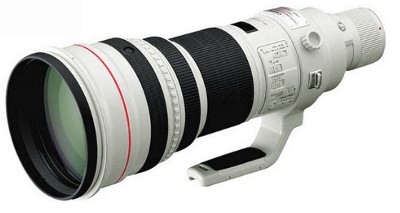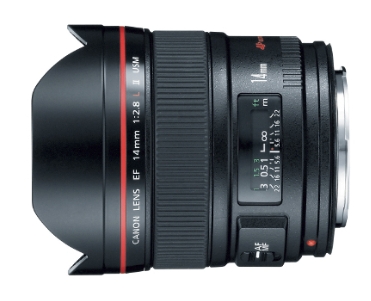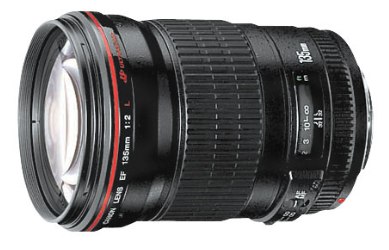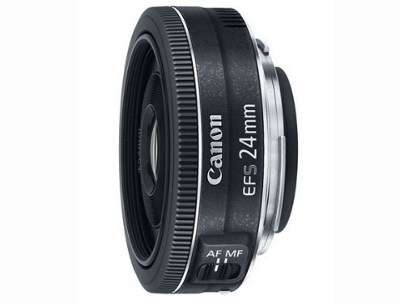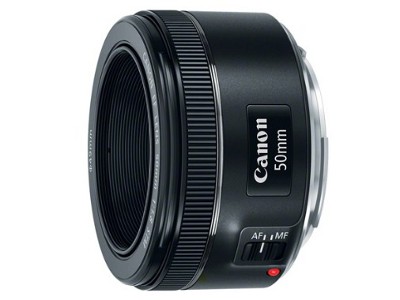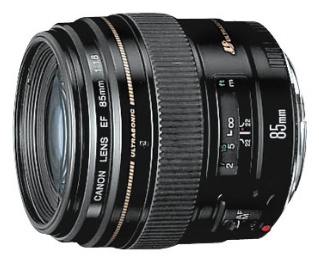Canon Prime lens
Canon Prime lens
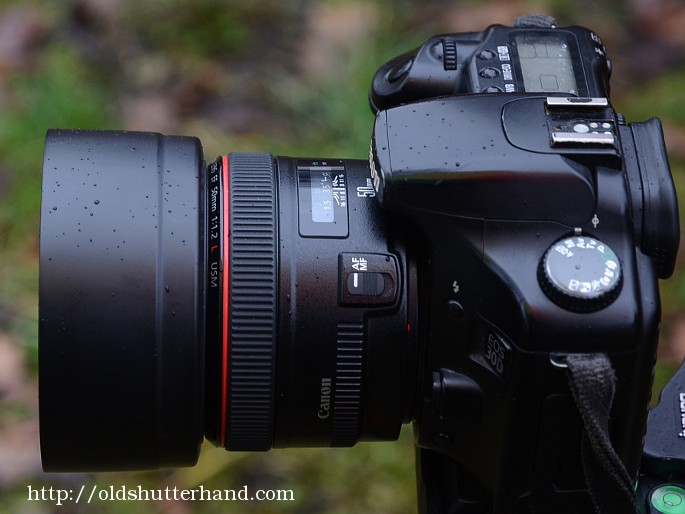
Canon 50mm f/1.2 USM on my old C30d
Canon Prime lens
What is a prime lens ? We can put lenses in two categories
1. Zoom lenses or varifocal lenses
2. Prime lenses – single focal length lenses
[do_widget Text]
Compact cameras today usually use zoom lenses, which means we can zoom in and out with the lens, as we change the angle of view of the lens. With one lens we can see a wide perspective or a small detail in telephoto setting.
The prime lenses are not like that, we cannot zoom with them, we only see one angle all the time. But this doesn’t necessarily mean that all prime lenses have the same perspective. There are super wide primes and super long primes as well, and anything in between. Prime lenses usually have a number which indicates the focal length of the lens. For example Canon 50mm f/1.4. The fist number is the focal length the second number is the brightness. The focal length starts from perhaps 8mm up to 800 mm, and even longer.
How Canon prime lenses look ?
Basically there are three types:
white (light grey or beige) finish “L” telephotos
200mm f/2L 300mm f/4L 300mm f/2.8L all versions, 400mm f/5.6L, 400mm f/2.8L, 400mm f/4 DO, 500mm f/4, 600mm f/4, 800mm f/5.6
red ringed black finish see below
: Canon 14mm f/2.8L II, Canon 24mm f/1.4 L II, Canon 35mm f/1.4L II, Canon 50 mm f/1.2L, Canon 135mm f/2 L, Canon 200mm f/2.8 L
Simple black
Canon 20mm f/2.8, Canon 28mm f/1.8, Canon 28mm f/2.8 is, Canon 24mm f/2.8 is (Aps-C), Canon 35mm f/2 is, Canon 40mm f/2.8 pancake (Aps-C) Canon 60mm macro (Aps-C), Canon 85mm f/1.8, Canon 100mm f/2
Autofocus systems
Basically there are three different autofocus systems in Canon prime lenses:
– old micromotor – can be noisy slow, and unprecise compare to USM
– ultrasonic motor ring type – this is the fastest and most precise in all high end lenses
– ultrasonic motor not ring type – only the Canon 50mm f/1.4 lens
– stepping motor (stm) – this is a new design for video, note only in lower end lenses up to now, it like USM but really silent (most USM’s has some sound), not as fast, and allows smooth transitions in video
My preference to have USM focus especially in long telephoto lenses where focusing is essential, in wide angle not as a big deal to focus even manually.
What are Canon prime lenses good for ?
Compare to the zoom lenses the prime lenses has usually the following advantages:
1. Usually smaller size and less weight
2. More brightness
3. Better optical quality
This doesn’t mean any prime lens are better than any zoom lens. There are very good zoom lenses and very bad prime lenses as well.
Disadvantages of prime lenses:
1. No zooming, if we don’t use the chosen focal length we spent money aimlessly.
2. Not so versatile as the zooms, if we don’t like the perspective we need to zoom with our feet, which is sometimes not possible, to go as close or go as backwards to have the preferred perspective.
My advice always check before you buy a lens, how do you like it, and the pictures on the screen, don’t buy something you don’t like. Better to check, and not buy. I would only buy a prime lens if I really like it. Check the perspective, autofocus, brightness, etc. Flickr.com is a good place to check pictures with a given lens, dedicated groups can be found for almost any popular lenses.
Focal length and angle of view of the Prime lenses
Focal length is essential for prime lenses, because if you buy a wrong focal length you can end up in money loss. My preference for Aps-C cameras around 16mm and wider (landscapes), 35-50-85mm (portraits), 400-600mm (bird/wildlife), the same for Full frame is 24mm and wider (landscapes), 85-135mm portraits, wildlife the longest, sharpest you can get. On Full frame the 70-200m focal length is extremely useful not as in Aps-C. You have some wide angle and short telephoto. On Aps-C the wide angle not really wide, the 200mm is nice but little too long. Your preference is maybe different, this is how I look the matter.
On an Aps-C sized camera as the Canon 550d,600d,650d,700d or Canon 20d,30d,40d,50d,60d,70d, or 7d the different focal length means the following:
8-30mm wide angle
30mm: normal perspective as we see with our eyes
50-200mm portrait range
200-400mm telephoto
400mm-800mm super telephoto
The field of view from 10mm connected to this focal lengths:
Field of view of different focal lengths |
||
| 8mm – 28,13m (Aps-C) | 45m (Full frame) | 147.63 feet |
| 10mm – 22,5m (Aps-C) | ||
| 15mm – 15m (Aps-C) | 24m (Full frame) | 78.74 feet |
| 17mm – 13,24m (Aps-C) | ||
| 18mm – 12,5m (Aps-C) | ||
| 24mm – 9,38m (Aps-C) | 15m (Full frame) | 49.21 feet |
| >28mm – 8,04m (Aps-C) | ||
| 35mm – 6,43m (Aps-C) | ||
| 50mm – 4,5m (Aps-C) | 7.2m (Full frame) | 23.62 feet |
| 85mm – 2,65m (Aps-C) | ||
| 100mm – 2,26m (Aps-C) | 3.6m (Full frame) | 11.81 feet |
| 200mm – 1,13m (Aps-C) | 1.8m (Full frame) | 5.91 feet |
| 400mm – 0,56m (Aps-C) | 0.9 m (Full frame) | 2.95 feet |
| 560mm – 0,4m (Aps-C) | ||
| 800mm – 0,26m (Aps-C) | 0.45 m (Full frame) | 1.48 feet |
Canon Prime categories
If want to simplify the prime lenses, we speak about wide angle, normal, portraits, telephoto, and super telephoto primes.
1. Let’s start with telephoto primes. This lenses are the finest quality lenses in Canon or Nikon line-up. This lenses are huge, bright and super-expensive. This lenses has the possible best optical quality, this is why almost all professional wildlife and sports photographer use prime lenses.
The 200mm f2.8 has excellent value, especially used, but the focal lenght is little weird, even with the 1.4 converter is not long enough for wildlife. Good for portraits from a distance or sports. But perhaps you want to sell all other lenses afterwards:)
_________________________________________________________________________
2. “Normal primes” It is important to understand what is the normal focal length. Normal focal length is approximately how we see with our eyes. The popular 50mm lenses are the normal lens for a Full frame camera. It is important to understand that this lenses are NOT normal lenses for the Aps-C cameras like 7d,60d, or 700d. The 50 lens is short telephoto on the Aps-C cameras, good for close portraits. On Aps-C the 30mm is the “normal” focal length lenses.
___________________________________________________________________
3.Macro lenses usually has the highest quality with the minimum flaws(distortion, flare, chromatic aberration). In order to have the magnification we need, and not need to go very close to the subject, longer focal length is preferred (85-180mm). The longer lenses are more expensive.
___________________________________________________________________________
4. Wide angles – This lenses would have the most value in real life but they are either quite expensive, or not good enough or both. At wider lenses the distortion are usually present. The preferred focal length for me would be between 8 and 35mm. The good quality/performance lenses are perhaps the Samyang 14 f2.8 and 8mm f3.5(manual focus lenses), and the old Canon 35mm/f2. For the price even this lenses are much cheaper than the Canon lenses no meaning for many people. Both Samyang are not the cheapest but both has strong distortion. The Canon 35mm is little narrow for Aps-C but not so sharp until f/2.8-f/4. The newer Canon 24mm f/2.8 is and Canon 28mm f/2.8 is, and Canon 35mm f/2 is are better optically, has usm drive, and stabilizer, but too expensive for crop sensor camera according to my opinion. Even the focal length is not the best, 18-22mm would be the best. The older 24 f/2.8 not sharp wide open, and also not cheap. Better to get a Tamron 17-50, or Canon 15-85 instead.
________________________________________________________________________
What I seek in the prime lens ?
1. Picture quality
2. Brightness – usually primes are brighter than zoom lenses, almost all zoom lens has f2.8 brightness (the smaller number are better brightness), except the Sigma 18-35 f1.8 which is quite a unique lens.
Bokeh
Bokeh is an interesting word for background blur. If you want very nice smooth buttery background blur, usually preferred for portraits, the longer focal length lenses preferred like 85mm and above with the maximum brightness. Wide angle lenses has not so nice background blur.
What focal length you need ?
For landscapes wider are better in the 8-35mm focal range, for portraits 50-200mm, for wildlife 400mm and higher preferred.
Teleconverter with the prime lens
Teleconverters are works best with prime lenses. They designed to work with prime lenses 135mm and longer. The 1.4 converters retain quite good quality with very good prime lenses, but 2x deteriorates quality quite a bit, but sometime the longer reach is preferred. I use regulary my Canon 200 f2.8 lens with even two converters stacked (1.4 and 2x ones.) Canon converters has a protruding elements which not let to attach the converter to any lens. Kenko converters can attach for the Canon 50mm or 85mm though. The result are good but not spectacular. The 2x converter for a cheaper lens or a lens under 135mm is a waste of money according to my opinion. Better to buy a longer lens for the same money you spend on a converter.
Canon, third party or old manual focus lenses ?
For Canon mount lots of lenses available. The original Canon products, third party like Tamron or Sigma, or old manual focus lenses like Nikkors, old Zeiss or Contax, Yashica or Pentax lenses, or old Russian lenses as well. most of this lenses are poor contrast, not so sharp lenses, see exceptions below. To connect this lenses some adapters needed, which usually cheaply can be accessed. With this cheap adapters cannot be adjusted the diaphragm and autofocus doesn’t work. Lenses which has mechanical diaphragm, the aperture can be adjusted. What can be better buy is the manual Nikkors, which is still in production today and some of the other types lenses. Current autofocus Nikkors also can be attached with a not so cheap adapter which can control aperture as well. Canon or third party. Although compatibility with further camera bodies not garanteed, I wouldn’t hesitate to buy third party products if they have better value. Of course Canon doesn’t like the competition, but usually the third party lenses can be used on new bodies as well. I think though some good fast usm focus, perhaps stabilized Canon lenses has better value, than the third party products. To miss this lenses if we have budget for them is perhaps miss the point. I don’t recommend to pay double price for the same lens, even when the third party lens better optically.
Most popular Canon prime lenses
The below prime lenses are quite popular for Canon mount.
Canon 85/1.8 USM, Canon 50/1.4, Canon 50/1.8 stm, Canon 100 f2.8 Macro , Canon 135mm f/2, Canon 200/f2.8, Canon 300 f2.8 is, Canon 300f4 is, Canon 400mm f5.6, Canon 500mm f4, Canon 600mm f4, Sigma 30/1.4, Canon 60/2.8, Tamron 90/2.8, Canon 35/1.4.
Canon 50/1.8 II
This lens is a category itself, this is why I say some sentences about it. This lens is relatively cheap, or the cheapest and has decent optical quality. I would Not recommend it if you a serious photographer. If you only has the kit lens, and no budget for the 1.4 version, perhaps you can check it. The problem with it is not the optical quality. The problem is the following: on Aps-C a focal lenght is weird, short for portraits, long for landscapes. This focal length is good to make a picture of a bench for example. The bigger problem is the build quality, and autofocus precision. This 50mm lenses are marketing victims: If the 1.8 version would be a little bit better lot less people would buy the f1.4. If the f1.4 would be little less cheap nobody would buy the f1.8. The 50mm f/1.4 is a very good lens, if you have a budget and need it, I recommend. Ideal for a wedding. I owned the 1.8 version but don’t like the build quality and sold. The 50/1.4 I don’t need apart from a wedding(I rent it for that if it is needed), it is expensive, and has not so much value for me, the type of shooting what I do. See Nikon 35/1.8 is just what everybody needs. Sharp at f1.8, reasonably well built, the price between the two Canons. For a Full frame camera the situation is quite different, this lenses has excellent value, especially the f1.4.
Let’s check all of them
To make it short I create two categories:
Hot ones, which many photographer dreaming:
Canon 600mm f/4isII, Canon 500m f4is II, Canon 400m f2.8isII, Canon 400mm f4 do is Mark II, Canon 300mm f/2.8isII, Canon 200mm f/2, Canon 200mm f/2.8, Canon 135mm f2, Canon 60mm macro
Nice ones, but not so hot
Canon 400m f4DO, (the mark I verison has low contrast the 400mm f/5.6 is better and lot cheaper)
Canon 85mm f/1.8, Canon 100mm f/2 (purple fringing otherwise quite nice)
Canon 50mm f/1.8 stm (very cheap but not so sharp at open apertures)
Canon 50mm f/2.5 Macro (old micromotor)
Canon 50mm f/1.2L (the Sigma 50mm f/1.4 Art is much sharper and cheaper)
Canon 50mm f/1.4 (fragile build)
Canon 50mm f/1.8 II (toy build, unprecise af)
Canon 28mm f/1.8 is (soft corners)
Canon 20mm f/2.8 (sharp but nothing to rave about)
You probably noticed some lenses missing. Wide angle primes are extremely expensive, and with zoom lenses like the Nikon 14-24mm f/2.8 is hard to compete (many people using on a Canon with a converter). Nikon cameras are also better in this regards according to my opinion. (Wider dynamic range, lower noise levels, more colors). One negative point is the Nikon 14-24mm is that filters are hard to use. I would definitely prefer though the Nikon for this genre (Full frame landscape) with its wider range and extreme high optical quality.
Canons advantage
Don’t want to leave a negative taste in Canon owners so I listed here as well, where Canon is better :). Legendary lenses like tCanon 135mm f/2, or Canon 200mm f/2.8 Nikon doesn’t have, or the Canon 400mm f/5.6. The USM drive and build quality is better at Canon super telephotos according to my opinion.
Canon prime lens reviews
At below links can be found reviews of several Canon mount prime lenses.
Canon prime lenses
Samyang 8mm f3.5 review
Samyang 14mm f2.8 review
Sigma 35 f1.4 review
Canon 35mm f2 review
Canon 40mm f2.8 STM review
Canon 50mm f1.4 review
Canon 50mm f1.8 II review
Canon 135mm f2 review
Canon 200mm f2.8 review
Canon 300mm f4 is review
Canon 400mm f5.6 review


